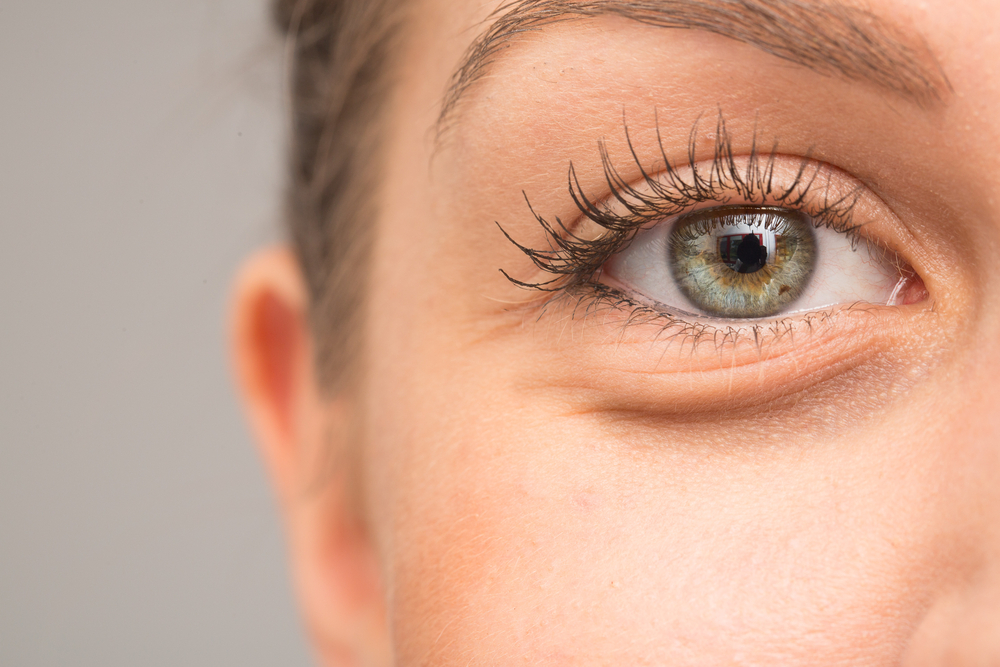How to Detect Diabetic Retinopathy

Diabetes is a complex condition that impacts the health of multiple organs simultaneously, leading to the development of other conditions. One of the organs first affected by diabetes is the eyes, and it usually manifests symptoms early.
Many discover they have diabetes from an eye exam. Diabetes causes a condition called diabetic retinopathy that can lead to vision loss if it is not treated.
What Is It?
Retinopathy is a condition caused by high blood sugar common in diabetic patients and leads to eye structure damage. High blood sugar damages the blood vessels in the eye's retina, and it may cause swelling, leaking, or blockages of the vessels. Moreover, when the damage starts, it could result in new abnormal blood vessels covering the retina. These outcomes could result in complete vision loss, especially if untreated.
Stages of Diabetic Retinopathy
This condition comes in two main stages:
Non-proliferative Diabetic Retinopathy or NPDR
The early stage of DR, diabetic retinopathy, is the most prevalent form, affecting most people living with diabetes. In this stage, the blood vessels can leak or close off, causing two main conditions. The first one is macula edema, which occurs when the blood vessels begin to leak and cause the macula to swell. Macula edema is the leading cause of blindness among people living with diabetes.
The second is macula ischemia, which occurs when the blood vessels block and the macula lack nourishment. With ischemia, the retina may develop exudate or small particles that may impact your vision.
Proliferative Diabetic Retinopathy or PDR
The advanced stage of DR occurs when the retina develops new and abnormal blood vessels from damage in the first stage. The formation of these blood vessels, also called neovascularization, is not well done, and the vessels are usually weak.
They leak blood into the vitreous humor, the fluid in the eye, leading to dark floaters in your vision or completely blocked vision. The new abnormal blood vessels may also lead to the formation of scar tissues, further impacting the macula. Over time, this tissue can lead to a detached retina and, eventually, loss of vision.
Symptoms
The early stages of DR show no significant symptoms as the condition usually develops slowly. By the time the symptoms appear, it is often in the NPDR stage, when the damage to the eye structures has already begun. The best way to know you have DR is through regular eye exams, which allow for much earlier detection. The most common symptoms of DR in the first stage are:
More floaters in your vision than usual
Frequent changes in vision quality from clear to blurry
Your vision often becomes blurry
Poor night vision that was previously not there
Occasions when you lose your vision
Colors appear washed out or faded
A field of vision with black or darkened areas
Treatment
Eye doctors treat the two main stages of the condition differently. The NPDR stage usually does not require treatment, only a change in lifestyle and managing your blood sugar levels. The PDR stage requires more advanced options. The eye doctor will decide which one based on the damage.
For more on detecting diabetic retinopathy, call Sonie Family Eyecare at (817) 477-6684 to reach our office in Mansfield, Texas.


